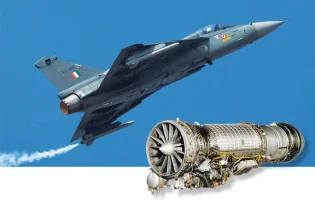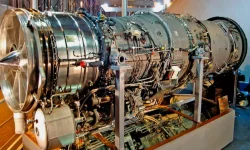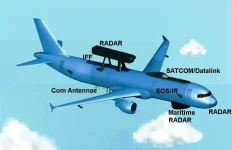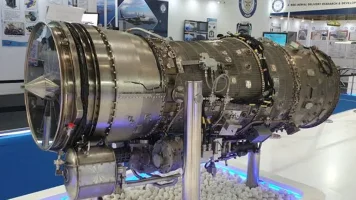- Views: 4K
- Replies: 7
India's Defence Research and Development Organisation (DRDO) is significantly enhancing its indigenously developed Smart Anti-Airfield Weapon (SAAW) by equipping it with advanced Satellite Navigation (SATNAV) technology.
This critical upgrade will introduce mid-course guidance correction, fundamentally improving the weapon's accuracy and operational flexibility during complex strike missions.
The integration represents a major advancement in India's sovereign defence capabilities.
The new version of the SAAW, a 125 kg class precision-guided bomb, is engineered to provide superior precision against a diverse range of enemy targets from an increased stand-off distance.
This enhancement not only improves the weapon's accuracy but also strengthens its resilience against electronic jamming.
This development marks a pivotal moment in the evolution of India’s homegrown arsenal of air-launched precision munitions, moving towards greater self-reliance in critical defence technologies.
Initially designed as a glide bomb, the existing SAAW operates using a combination of inertial navigation and signals from foreign satellite systems like GPS and GLONASS, giving it an effective range of up to 110 kilometres.
The new SATNAV-based guidance system will allow the munition to receive real-time updates during its flight. This enables it to adjust its trajectory to accurately strike targets that may have moved or relocated, a feature that also guarantees high performance even in environments where enemy jamming has disabled conventional GPS signals by using India's own NAVIC satellite system, developed by the Indian Space Research Organisation (ISRO).
This technological leap effectively transforms the SAAW from a simple "fire-and-forget" weapon into a highly intelligent and adaptable munition.
The ability to make dynamic in-flight adjustments makes it exceptionally suited for engaging high-value targets such as hardened bunkers, mobile launchers, and other time-sensitive objectives with pinpoint accuracy.
The Indian Air Force (IAF), which has already integrated the SAAW onto its key combat aircraft including the Jaguar DARIN III, Sukhoi Su-30MKI, and the indigenous HAL Tejas, stands to be the primary beneficiary of this upgrade.
The enhanced weapon will increase pilot safety by allowing them to launch it from ranges well outside the reach of enemy air defences. Furthermore, it reduces the need for pilots to maintain a direct lock on the target, enabling quicker engagement in heavily contested airspace.
Moreover, the upgraded SAAW is designed to seamlessly operate within a network-centric warfare environment. This means the weapon can receive updated target information while in flight from other sources like mission control or surveillance aircraft via secure data links. This capability allows for more coordinated, flexible, and responsive military operations.
The strategic shift to satellite-guided mid-course correction is a core part of DRDO's broader vision to achieve autonomy in defence technology and reduce reliance on international systems.
By incorporating ISRO's NAVIC into the SAAW's guidance package, the weapon system becomes more secure, reliable, and fully sovereign, ensuring operational integrity independent of foreign satellite networks.
The SAAW with SATNAV-based guidance is reportedly in the developmental trial phase and is anticipated to be ready for user trials with the IAF within the next year.
Upon its successful deployment, this advanced weapon will not only bolster the nation's defence but also serve as a technological foundation for the next generation of indigenous precision-strike systems, such as larger glide bombs and advanced cruise weapons.





